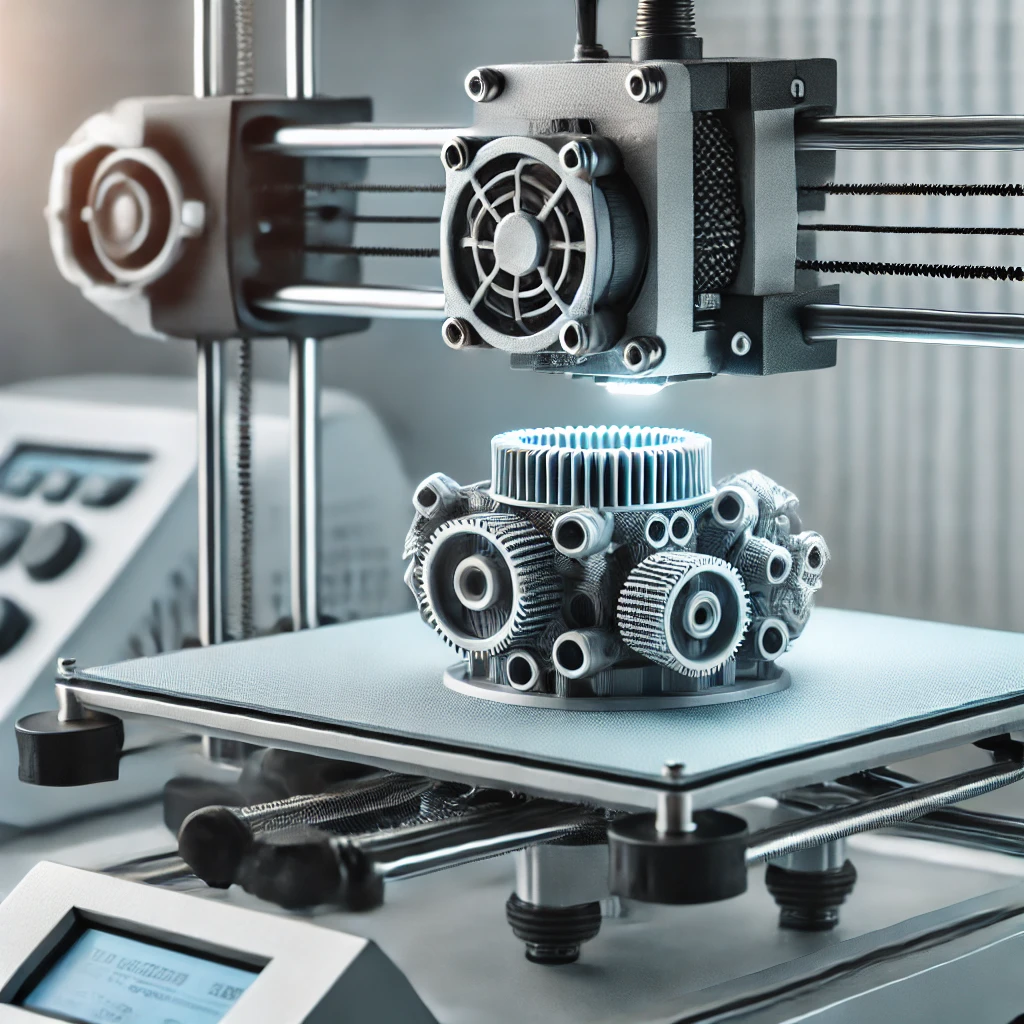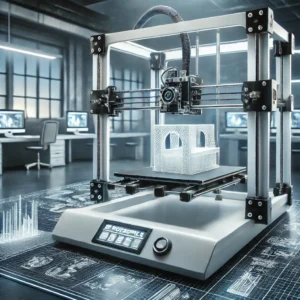Rapid Prototyping with 3D Printing

Rapid Prototyping with 3D Printing Technology: Transforming Product Development
Rapid prototyping with 3D printing technology has revolutionized the way products are developed across various industries. From automotive and aerospace to healthcare and consumer goods, this technology enables faster iteration cycles, reducing time and costs associated with traditional prototyping methods. By using 3D printing, designers and engineers can create highly detailed prototypes that help validate ideas, test functionality, and refine designs before moving to production.
What Is Rapid Prototyping?
Rapid prototyping refers to the fast fabrication of a physical part, model, or assembly using 3D computer-aided design (CAD) data. 3D printing, also known as additive manufacturing, plays a pivotal role in this process by layering materials to create parts that closely resemble final products. Unlike traditional manufacturing, which often requires molds or tooling, 3D printing streamlines the process, making it both flexible and cost-effective.
Benefits of 3D Printing for Rapid Prototyping
1. Speed and Efficiency
One of the most significant advantages of rapid prototyping with 3D printing is the speed at which prototypes can be produced. Companies can quickly transition from digital models to physical objects in a matter of hours or days. This rapid turnaround allows for faster testing, iteration, and validation.
2. Cost Reduction
Traditional prototyping methods often require expensive tooling or molds, which can drive up costs, especially in the early stages of product development. With 3D printing, the need for these costly processes is eliminated, reducing overall expenses and making it easier for small businesses and startups to bring new products to market.
3. Design Flexibility
3D printing technology offers unmatched design flexibility. Engineers and designers can experiment with complex geometries, customizations, and intricate details that would be impossible or too expensive to achieve with traditional methods. Rapid prototyping with 3D printing allows for more innovation and creativity without the limitations imposed by conventional manufacturing.
Real-World Applications of Rapid Prototyping with 3D Printing
1. Automotive Industry
In the automotive industry, manufacturers use 3D printing for prototyping components, testing new designs, and producing custom parts for vehicles. The ability to rapidly prototype and iterate designs has led to shorter development cycles and faster market introductions for new vehicle models.
2. Healthcare
Healthcare professionals are utilizing 3D printing for creating custom prosthetics, medical devices, and even organ models. Rapid prototyping in this field allows for better patient outcomes, as doctors and surgeons can tailor solutions to specific patient needs with precision.
3. Consumer Goods
For consumer products, 3D printing accelerates the development of household gadgets, fashion accessories, and even footwear. Companies can quickly test different versions of a product, gather feedback, and make necessary improvements before mass production.
Challenges of Rapid Prototyping with 3D Printing
While rapid prototyping with 3D printing technology offers many advantages, it does have challenges. Material limitations, for example, may restrict the types of parts that can be produced. Additionally, some 3D printing technologies may not be suitable for certain large-scale or high-performance applications. However, as 3D printing materials and methods continue to advance, these challenges are gradually being overcome.
Rapid prototyping with 3D printing technology is reshaping how industries approach product development. By speeding up the design process, reducing costs, and offering unparalleled design flexibility, this technology empowers companies to innovate more efficiently. As the capabilities of 3D printing continue to evolve, the role of rapid prototyping will only expand, opening new possibilities for design and manufacturing.




